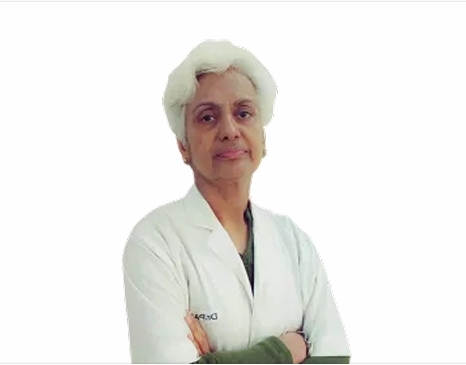Pediatric Ophthalmology
Pediatric Ophthalmology is a subspecialty of ophthalmology that focuses on the diagnosis, treatment, and management of eye disorders in children. Pediatric ophthalmologists are trained to address the unique needs of infants, toddlers, and adolescents, ensuring the proper development of vision during these critical stages of growth.

Key Focus Areas:
1. Vision Development:
- Vision in children continues to develop until around 7-8 years of age. Pediatric ophthalmologists monitor and ensure that children’s vision develops properly during this period, intervening early when abnormalities are detected.
2. Common Conditions Treated:
- Strabismus (Eye Misalignment): A condition where the eyes do not align properly, leading to crossed eyes or one eye turning inward or outward.
- Amblyopia (Lazy Eye): A disorder where one eye becomes weaker than the other, often because of poor vision development or misalignment. Early treatment is crucial.
- Congenital Cataracts: Cataracts present at birth can affect vision development. Pediatric ophthalmologists may recommend surgery to remove the cataracts.
- Congenital Glaucoma: A rare condition where increased intraocular pressure in the eye can lead to vision loss. Early diagnosis and treatment are vital.
- Refractive Errors: These include nearsightedness (myopia), farsightedness (hyperopia), and astigmatism. Glasses or contact lenses may be prescribed.
- Retinopathy of Prematurity (ROP): This affects premature babies, leading to abnormal blood vessel growth in the retina, which can cause vision problems or blindness.
- Genetic Eye Disorders: Conditions such as congenital retinal dystrophy or optic nerve hypoplasia, often detected early by specialists.
- Nasolacrimal Duct Obstruction (Blocked Tear Ducts): Often seen in infants, this condition can cause excessive tearing and infections.
3. Vision Screening:
- Pediatric ophthalmologists emphasize early vision screening to detect and correct vision issues. This often begins with simple tests in infancy and progresses to more detailed screenings as the child ages.
4. Surgical Interventions:
- Pediatric ophthalmologists perform eye surgeries to correct misaligned eyes (strabismus), remove cataracts, treat glaucoma, or repair structural abnormalities. Pediatric eye surgeries require specialized skills, given the delicacy of young patients’ eyes.
5. Non-Surgical Interventions:
- For conditions like amblyopia, treatments may include patching the stronger eye, using atropine drops, or prescribing corrective lenses to strengthen the weaker eye.
6. Vision Therapy:
- Some pediatric patients benefit from vision therapy, which includes exercises to improve visual processing and coordination. This is especially helpful for children with strabismus or amblyopia
7. Collaboration with Other Specialists:
- Pediatric ophthalmologists often work with pediatricians, neurologists, geneticists, and other specialists to manage complex eye conditions or those associated with systemic diseases like diabetes or neurological disorders
8. Behavioral and Learning Considerations:
- Since children may not always be able to communicate their vision problems, pediatric ophthalmologists are skilled in interpreting behavior and visual cues. Some eye conditions in children can affect learning and development, making early intervention crucial.
9. Eye Trauma:
- Pediatric ophthalmologists also manage eye injuries, which can range from minor abrasions to severe trauma requiring surgery.
Training and Expertise:
Pediatric ophthalmologists complete medical school, a residency in ophthalmology, and an additional fellowship in pediatric ophthalmology. This specialized training equips them to handle both routine and complex cases in young patients.
Technology in Pediatric Ophthalmology:
- Advanced Imaging: Technologies like optical coherence tomography (OCT) and fundus photography allow for non-invasive imaging of the eye’s interior, aiding in the diagnosis and monitoring of various conditions.
- Laser Treatments: Lasers may be used for certain eye conditions, such as in the treatment of ROP or congenital cataracts.
Child-Friendly Approach:
Pediatric ophthalmology practices are designed to be welcoming and child-friendly, with an emphasis on making young patients comfortable. This includes child-sized equipment, colorful environments, and a focus on building trust with young patients.
Conclusion:
Pediatric ophthalmology plays a critical role in ensuring the healthy development of vision in children. Early detection and treatment of eye conditions can significantly improve long-term vision outcomes and overall quality of life. Pediatric ophthalmologists are key in diagnosing, managing, and treating a wide range of eye conditions, from common refractive errors to rare congenital disorders.
Note:
It’s imperative to consult with a healthcare professional before opting for any medical procedure to thoroughly understand the potential risks and benefits. Specs Removal Procedures







